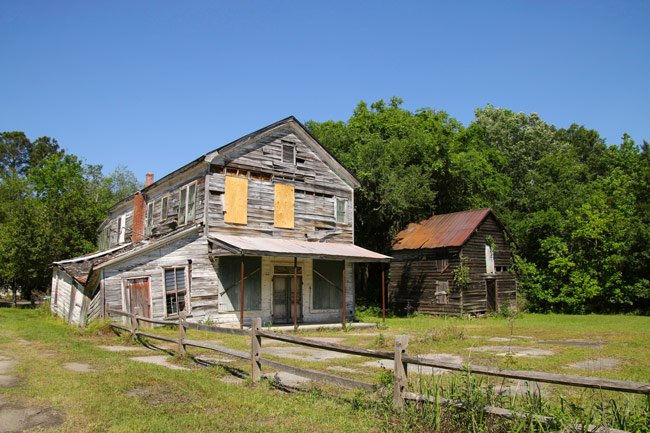When Vegetables Were King: Beaufort’s “Truck Farming” Days
- Chambers Chatter
- Aug 14
- 2 min read
Updated: Aug 18
There was a time in Beaufort County when rows of vegetables, not rows of tourists, were what kept the community thriving. Long before the waterfront filled with shops and restaurants, the land was dotted with farms that grew crops for people hundreds of miles away. This was the era of truck farming — a way of life that shaped Beaufort for nearly a century.

What “truck farming” meant here
In Beaufort, truck farming wasn’t about pickup trucks. “Truck” was the old word for fresh produce. Families planted vegetables like tomatoes, cucumbers, squash, and cabbage, harvested them in the morning, packed them in wooden crates, iced them down, and sent them north by train or, later, by big refrigerated trucks.
Feeding the East Coast
From as early as the late 1800s, Beaufort’s fields were busy almost year-round. Farms in places like Seabrook, St. Helena Island, and the Sea Islands produced vegetables that ended up on dinner tables in Washington, D.C., Baltimore, New York, and even Boston. If you were eating a fresh tomato up north in springtime, there was a good chance it came from here.
The railroad made it possible. Special lines and sidings were built near the farms so that crates could be loaded quickly. Icehouses stored massive blocks of ice to keep the vegetables fresh on their trip. It was a well-organized system that Beaufort families depended on — and took great pride in.
Work, community, and the land
Truck farming was more than just business — it was the heartbeat of rural Beaufort. It provided steady work in the fields, packing sheds, and canning plants. Stores, post offices, and even whole neighborhoods grew up around the farms. Places like the McLeod Farmstead in Seabrook and the Corner Packing Shed on St. Helena Island were not just buildings; they were community gathering spots.



Why Truck Farming Faded—but Didn’t Disappear
By the 1980s, small family farms faced rising costs, competition from larger farms in other states, and a decline in rail support. At the same time, Beaufort County began to shift toward tourism and development, and many fields were transformed into neighborhoods or pine forests.
Still, the legacy lives on in structures like the Seacoast Packing Company—also known as the “Pickle Factory”—which once canned and packed tomatoes here in the city.
Why It Matters Then and Now
Then: Truck farming powered Beaufort’s economy, provided jobs, and shaped rural community life.Now: Those same structures anchor local heritage, and remind both longtime residents and newcomers of the hard work and ingenuity that laid today’s foundation.
Reflecting on Our Roots
Truck farming may be less common today, but its echoes remain in Beaufort’s character. It shaped families, neighborhoods, and our regional identity. Sharing this history helps newer generations understand just how deeply connected this land—and its people—really are.

Photo courtesy of Elizabeth Bishop Later, from her family’s collection featured in A Place Called Home — learn more at https://www.bishopsbest.com


Comments